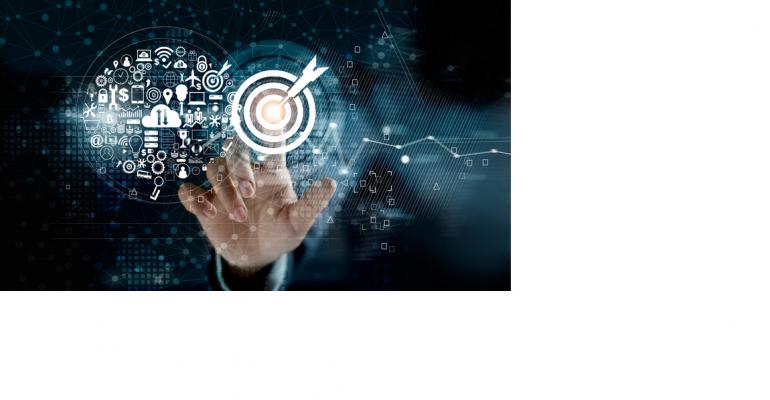When people visit your website but don’t register for your event, or leave before completing their registration, what do you do?
One effective tactic is to retarget them with ads when they move on to other sites. In fact, everyone has experienced this, says Glenn L. Laudenslager IV, MBA, president of Charge Ahead Marketing in Milford, Conn. “Let’s say you look at a blue shirt but then leave that website without buying it. For the next month or so, you're going to see ads for that blue shirt as you browse through other websites.”
Does this type of exposure really work? “Yes," says Laudenslager. "The decision to attend a conference is a highly considered purchase, especially when it might entail scheduling changes and shifting workloads to others in addition to booking travel plans. That decision process often is not made right on the spot." In the time between when someone starts thinking about it and when he or she completes the registration, any ads that remind people about your event's content and sign-up deadlines can go a long way towards prodding those people to get across the finish line.
Here are a few specific ideas from Laudenslager on how planners can use retargeting throughout the registration process.
• The event page. “We have all abandoned purchases online," he notes. “You click out of there because you need some more time to think about it.” In light of this, you could retarget prospects as they browse the web with ads that telling them to “come back and learn more about all the interesting elements of our event.” For those who start to register but don’t get past the first page of the form, the message could be, “Hey, you started registering, don’t forget to finish. Here are some of the benefits of attending.” On the other hand, for those who get close to the “enter payment” section before clicking out, the message could be, “We have almost all the information we need from you. Here’s a discount if you finish right now.”
This keeps your prospects in the reconsideration process in a way that feels more relevant than mass-marketing messages, said Laudenslager.
Related: How to Make Your Marketing Remarkable, Part 1: Content Marketing
Create Targeted Campaign Landing Pages
While most events' email campaigns direct people to the event's main web page, Laudenslager suggests analyzing each prospect's behavioral data so you can present only the information that’s most relevant to that prospect. “You don’t need to distract them with a bunch of other information or risk them clicking off into a tangential area,” he says. For purposes of leveraging assets such as content marketing and others to deliver a strong retargeting experience, you want to drive those users to specific campaign pages that have a singular focus on conversion.
These landing pages are going to look a lot different from your regular website. “The branding should be more subtle and secondary; forms should be embedded in the page so that, at a minimum, first-level contact information can be exchanged without the user having to take any additional steps,” Laudenslager says. To minimize distraction and create a sense of urgency, the wording should be succinct and focus on the specific benefits you’re offering. It should contain a singular, clear call-to-action button with imagery that also focuses on getting potential attendees to download that whitepaper or whatever other action you want them to take. "That’s also why you don’t want to include your standard global website navigation," he notes. "You can take users back to your main event website for more information after they take the action you want them to take." And because the majority of emails are read on mobile devices, it is critical to make your landing pages responsive.
Also, you should A/B test all clickable buttons, offers, calls-to-action, text, and images to ensure you’re getting an optimal response. Among the services you can use for A/B testing are VWO, Optimizely, Unbounce, and Instapage. “With landing pages, you must test, record the data, and see what works,” said Laudenslager.
Conversions Are Just the Beginning
While landing pages and conversions are usually thought to be the end of the marketing process, they are actually the starting point of a whole new process, he said. Now that a prospect took that one action, what’s the next thing you want them to do?
“That’s where automation comes in,” he says. “You have to think in advance about what those next steps are. If someone downloads your content marketing tool, what’s the optimal way for you to upsell them on your live event?” Consider how to best convert specific groups of users, such as people who click on your email but don’t register. What you say to them should be different from what you say to those who didn’t open the email, says Laudenslager.
Automating the process enables you to provide a consistent, optimal experience with your messaging—again, turning your event from being a one-off experience to one that brings people back year-round by providing just-in-time, relevant experiences.





